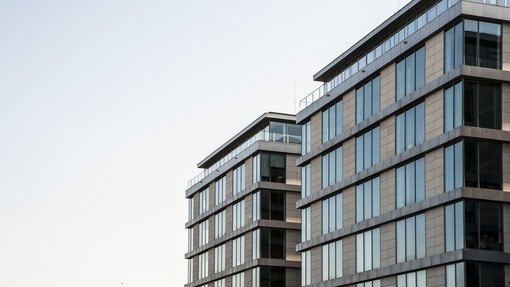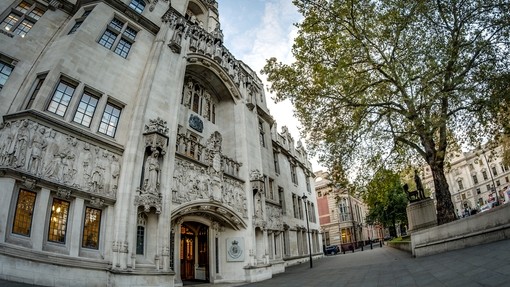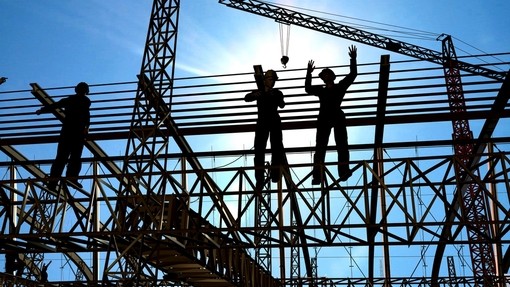Building Safety Duties
Are you protected?

Building Safety Duties: Are you protected?
Building Safety Duties: Are you protected?
As the regulations and industry changes under the Building Safety Act 2022 continue to come into effect, there are many issues which the construction industry needs to consider and familiarise itself with to ensure a smooth transition to the new regime.
One key change is the introduction of additional duties for clients, contractors, and principal designers on all buildings to which the Building Regulations 2010 apply (these regulations apply to the construction and extension of buildings and to some alteration projects, not just in relation to Higher Risk Buildings (“HRBs”)). This article focuses on those additional duties that apply to principal designers.
These additional duties, which impact on most parties to a construction project, were introduced by amendments to the Building Regulations 2010 made by the Building Regulations etc. (Amendment) (England) Regulations 2023 (“Building Regs 2023”) at Regulation 6 (Part 2A (Dutyholders and Competence)). They came into effect on 1 October 2023.
The new responsibilities placed on principal designers sit separately from and are in addition to the existing duties under the Construction (Design and Management) Regulations 2015 (“CDM Regs 2015”). However, the duties can be performed by the same consultant (provided they are competent, to the client’s satisfaction, to do so). This includes the following (in accordance with the Building Regs 2023 Regulation 6 (Part 2A Chapter 4)):
- Ensuring the design work is planned, managed and monitored during the design phase to ensure compliance with the building regulations;
- Coordinate matters relating to the design work so that all reasonable steps are taken to ensure the design is such that, if the building to which the design relates were built in accordance with that design, the building work would be in compliance with all relevant requirements;
- The principal designer must take all reasonable steps to ensure that:
- Designers and others involved in the design work cooperate with the client, the principal designer, the contractor and each other;
- The design work of all designers is coordinated so that if the building work is carried out in accordance with the designs, the building work would be in compliance with all relevant requirements;
- Designers and others involved in the design work comply with the duties under the Building Regs 2023.
- Designers and others involved in the design work cooperate with the client, the principal designer, the contractor and each other;
- The principal designer must liaise with the principal contractor and share any information relevant to:
- The planning, management and monitoring of the building work;
- The coordination of the building work and design work for the purposed of ensuring compliance with all relevant requirements.
- The planning, management and monitoring of the building work;
- Assisting the client in providing information to the other designers and contractors;
- No later than 28 days after the principal designer’s appointment ends, provide the client with a document explaining arrangements it has put in place to fulfil the duties under paragraphs 1-3 of 11M at Part 2A Chapter 4.
These additional responsibilities may be more suitable for a design consultant such as the architect as there is a significant requirement for the checking and monitoring of the design work which should be performed by someone familiar with design review and monitoring. This may go further than the requirements imposed on a principal designer by the CDM Regs 2015.
This is something that should be carefully considered when preparing the services for design consultants involved on both existing and future construction projects. The new responsibilities may overlap with the existing standard scopes for principal designers and the architects. It is important to ensure that this role is sufficiently identified in the relevant appointment and that the services contain specific reference to compliance with the Building Regulations 2010 (as amended).
In appointments for the principal designer, Employers should include an express requirement to comply with the Building Regulations 2010 (as amended by Building Regs 2023) and ensure that the schedule of services at least covers the specific new responsibilities in Chapter 4 as summarised above. In addition, as the Employer must satisfy itself that the consultant is competent to carry out these services, it could also include a warranty from the consultant that it is competent and will advise the Employer immediately if it ceases to be.
Further information and guidance on the Building Safety Act can be found on the Health and Safety Executive Website: Building safety - HSE or by contacting the authors or your usual contact in the Hill Dickinson LLP Construction and Real Estate teams.
For further details on our Property and Construction law services, please contact us or a member of our Property and Construction team.






